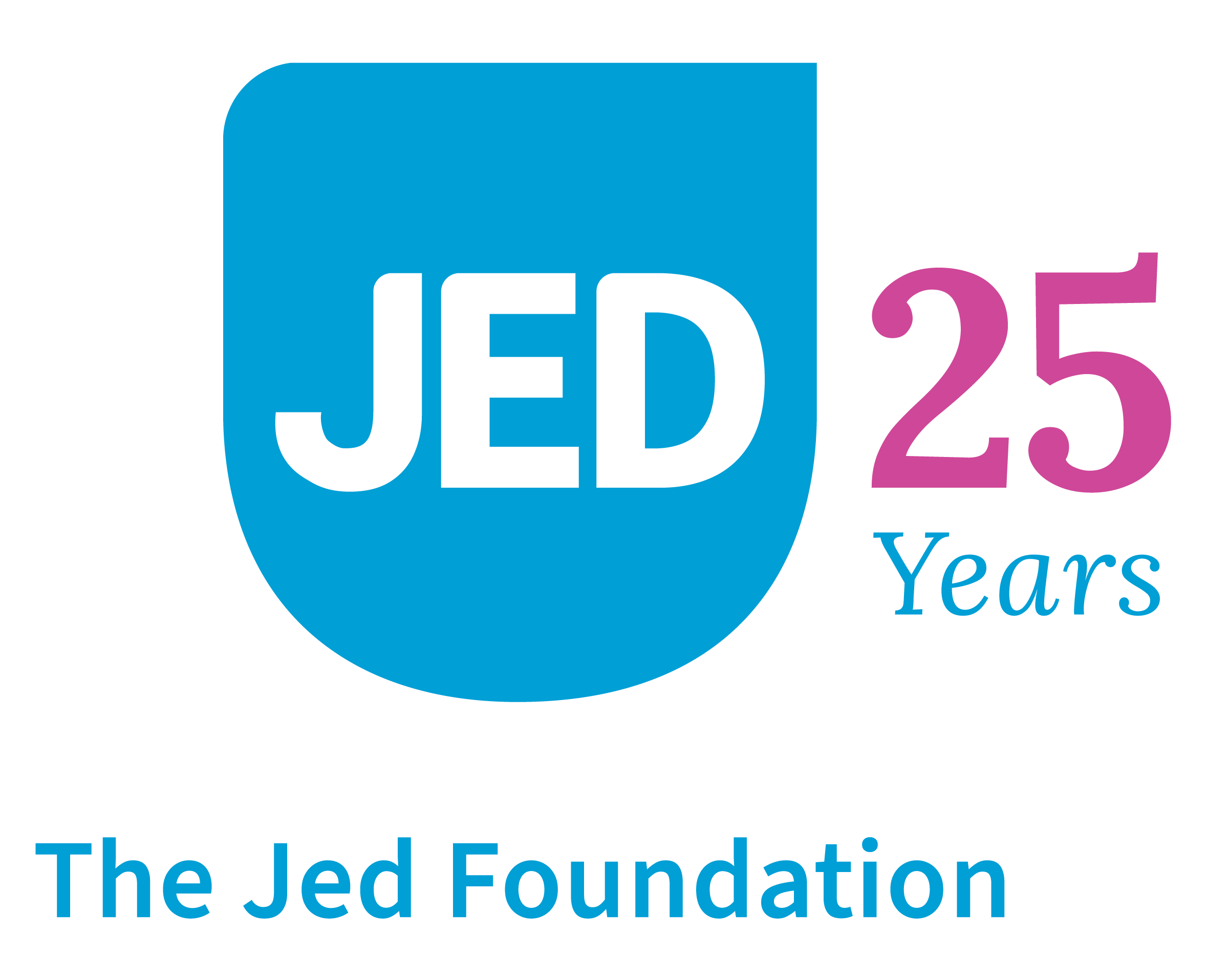How to Choose a College Type That Is Right for You

Many people assume that continuing education after high school means heading off to live in the dorms at a four-year university. But there are all kinds of programs and schools available after high school.
The college you choose depends on what kind of career or field you’re interested in. Not all careers require a bachelor’s degree or beyond, and you might be better served by a specialized program at a community college or a technical school. There are different kinds of higher education options for different courses of study, and some of them have key differences.
Here is your guide on how to choose a college that is right for you.
4-Year Institutions
At four-year colleges and universities, students earn undergraduate degrees, or bachelor’s degrees, and then, if they choose to continue, graduate degrees (master’s and/or doctoral). Not every four-year school offers graduate degrees, but they all offer undergraduate degrees. Here are some different types of four-year institutions:
- Public universities are funded by local or state governments and usually offer lower tuition rates to local or in-state students (those who live in the state where the school is located).
- Private colleges and universities don’t receive significant funds from the government and rely on tuition and fees, as well as private donations from alumni and others. Generally, tuition is higher at private schools—whether you live in state or out of state.
- Colleges are usually smaller schools (sometimes with fewer than 8,000 students) that typically only offer undergraduate degrees, though some do offer limited graduate programs. Many colleges are private.
- Universities are usually larger than colleges and offer more majors, minors, and graduate degrees (master’s, doctoral, and possibly law, medical, or other specialized professional degrees). Universities usually have several smaller specialized colleges within them, for example, a college of engineering, business, or education. Universities can be private or public.
- Liberal arts colleges can be public universities or private colleges, but most typically are private and small. These institutions offer a broad education with degrees in liberal arts fields, like history, anthropology, English, social sciences, and hard sciences, like chemistry or biology. They don’t typically offer specialized programs of study, like engineering or health sciences.
- Highly selective colleges and universities include the Ivy League universities, Stanford University, Massachusetts Institute of Technology (MIT), some smaller liberal arts colleges, and others. They accept very few students (often less than 10%). These schools typically require top grades and test scores and many AP classes because they have so many applicants.
2-Year Institutions
Two-year colleges offer programs that take up to two years to complete and lead to a certificate, trade skill, or an associate degree. The most common type of two-year school is community college, but they also include vocational-technical schools and career schools.
- Community colleges are the most common type of two-year schools and usually have open admission, which means you can be accepted even if your high school grades aren’t high. These schools offer certificates and associate degrees that can either prepare you for a career requiring a two-year degree or for transferring to a four-year institution where you go on to earn your bachelor’s degree.
- Vocational-technical and career colleges offer specialized training in a particular industry (like culinary arts or records technology) or career (like mechanic, electrician, dental hygienist, or medical assistant). The time it takes to complete a program at these schools varies, but you usually end up with a certificate or associate degree.
For-Profit Colleges
For-profit colleges can fall under the two-year or four-year category, but often they offer two-year programs like an associate degree in nursing or an HVAC certificate. There’s overlap with what public technical colleges offer. Some for-profits offer strictly online programs. Historically, most schools in the United States have been nonprofit (meaning they don’t seek to make a profit), but the number of for-profit schools has grown rapidly in the past few decades.
Schools with a Special Focus
These schools focus on a particular area of study or student demographic. Most are four-year colleges, but arts colleges may have a different timeline. These include:
- Specialized mission schools
- Arts colleges
- Service academies
- Single-sex colleges
- Religiously affiliated colleges
Specialized Mission Schools
While a person of any race is allowed admission to these institutions, specialized mission schools have a historical (and current) focus on educating particular marginalized groups. These schools include historically Black colleges and universities (HBCUs), Hispanic-serving institutions (HSIs), and tribal colleges and universities (TCUs).
Just as any other college or university would, these schools offer a variety of degree options and avenues of study.
Learn more about HBCUs, HSIs, TCUs
Arts Colleges
These colleges focus on one or many different types of art. They may provide training in areas such as graphic design, photography, music, painting, production, theater, and/or fashion design. Students at these schools can earn an associate degree or a bachelor’s degree in the fine arts or other specialized field.
Service Academies
The United States has five service academies that provide a four-year education along with military training. These include:
- The United States Military Academy (USMA)
- The United States Naval Academy (USNA)
- The United States Air Force Academy (USAFA)
- The United States Coast Guard Academy (USCGA)
- The United States Merchant Marine Academy (USMMA)
These academies provide free tuition, housing, meals, and a monthly stipend in exchange for military service after you graduate. They have special requirements for admission, while you’re enrolled, and after graduation. Check out this resource from USA.gov for more information.
Single-Sex Colleges
Most colleges are mixed gender now, but some private single-sex colleges still exist. For men, they are Wabash College, Morehouse College, and Hampden-Sydney College, and for women, examples include Barnard College, Bryn Mawr College, and College of Saint Mary.
Religiously Affiliated Colleges
Some colleges have a religious affiliation, which can play a central role on campus, or it may be historic only, meaning the religion doesn’t have much of a presence in the classroom or on campus. At these types of schools, you may find students who are religious in the same faith, religious in a different faith, or not religious at all.







